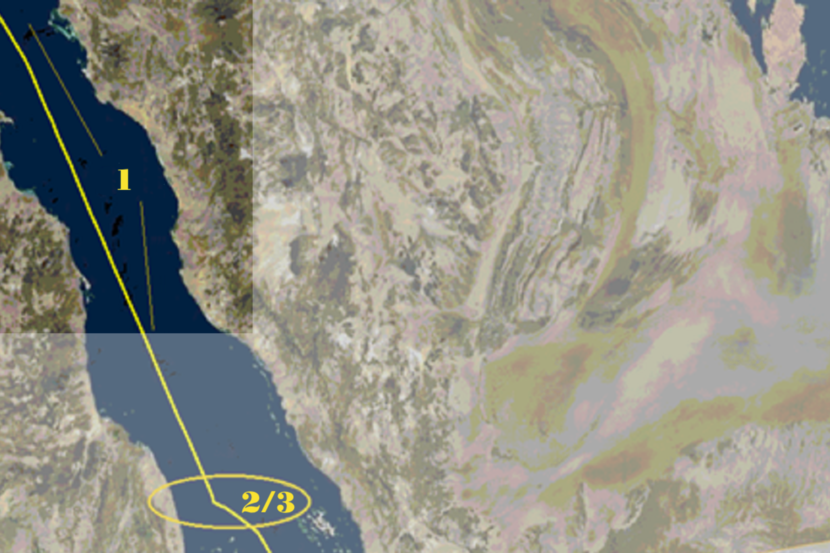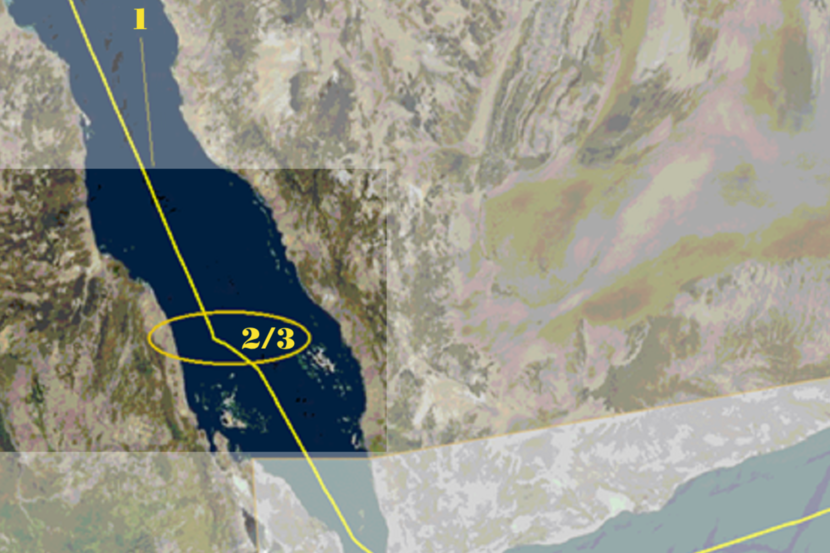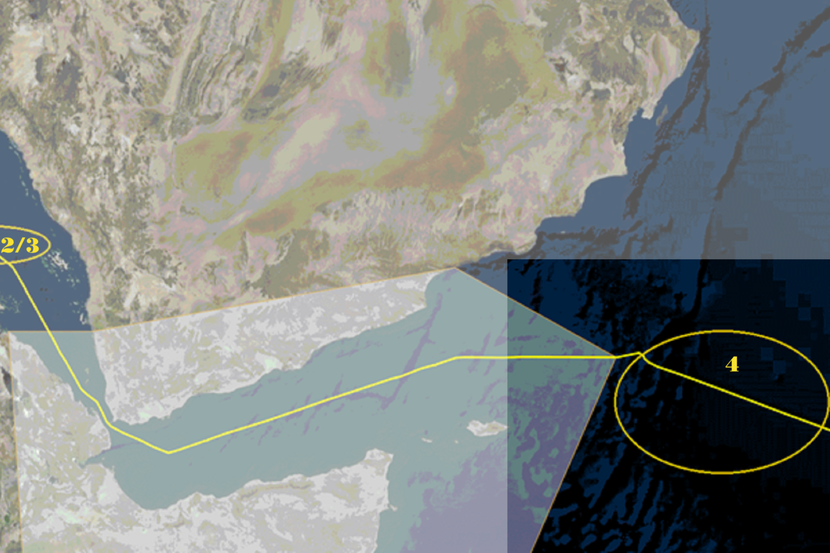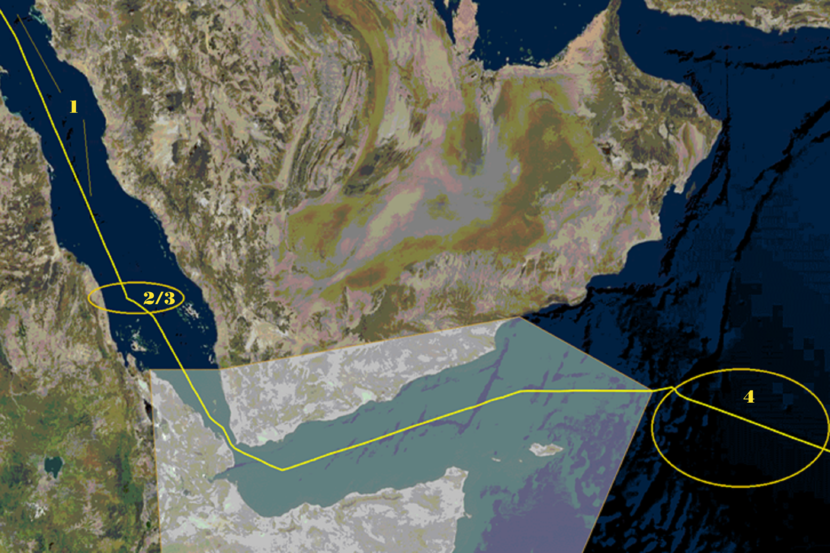Requirements for reporting deployment of a PMSC
Merchant ships registered in the Netherlands sailing the Gulf of Aden that employ the services of a Private Maritime Security Company (PMSC) must report to the Human Environment and Transport Inspectorate (ILT) when passing through the risk area. The ILT is tasked with supervision of the use and reporting requirements of PMSCs.
The ship owner must have already requested and received permission from the Netherlands Coastguard to employ the services of a PMSC.
Reporting procedure
-
Complete the following steps
-

The ship owner must inform the ship master about the permission, the required protection measures and other details set out in the decree (Besluit bescherming koopvaardij) at least 4 hours before embarkation of the private armed security team.
See Article 6.3 Wet ter bescherming koopvaardij, Article 2.4 Besluit bescherming koopvaardij, Article 6.1 Regeling bescherming koopvaardij (in Dutch).
The PMSC must inform the team leader of the private armed security team about the permission, the required protection measures and other details set out in the decree (Besluit bescherming koopvaardij) before embarkation of the private armed security team.See Article 6.3 Wet ter bescherming koopvaardij, Article 2.4 Besluit bescherming koopvaardij (in Dutch).
-

The ship master and the security team leader must check availability of the permission and other details set out in the decree (Besluit bescherming koopvaardij) directly upon embarkation of the private armed security team and before continuation of the voyage.
They finalise this check by respectively completing
under the regulation (Regeling bescherming koopvaardij) and submitting them to the ILT.
See Article 6.2 Wet ter bescherming koopvaardij, Article 2.4 Besluit bescherming koopvaardij, Article 6 Regeling bescherming koopvaardij (in Dutch).
-
Ship masters and team leaders please note:
For several practical reasons, for example, when boarding at night, it has proven to be difficult for team leaders to complete Annex 3 directly upon embarkation as legally required. Therefore, the ILT agrees to accept these forms within 24 hours after embarkation and not later than 2 hours before entering the risk area as stipulated by the Government of the Netherlands. This may have implications in the following situations:
- Non-compliance of armed guards
All requirements remain in force unabated. Under certain circumstances the captain may have to refuse the embarkation of armed guards. Therefore, the captain may need to return to the floating armoury in case the armed guards cannot stay on board. - Embarkation of armed guards shortly before entering the risk area
In cases when the armed guards embark shortly before entering the risk area, the ship master may have to slow down or even stop the vessel. This is to allow the team leader to perform their duties and complete Annex 3 as required, as the ILT does not accept Annex 3 when sent later than 2 hours before entering the risk area.
- Non-compliance of armed guards
-

The ship master may refuse the embarkation of the security team or may decide to not continue the voyage in cases when provided information or documentation does not correspond to the actual situation. Otherwise, they can continue their voyage after submitting both Annex 2 and Annex 3 forms to the ILT.
See Articles 2.4 (3) and 2.4 (4) Besluit bescherming koopvaardij, Article 6.2 Regeling bescherming koopvaardij (in Dutch).
-

The ship master and the team leader respectively use
under the regulation (Regeling bescherming koopvaardij) to report the disembarkation of the armed security team and armament within 48 hours after disembarkation to the ILT.
See Article 12 Wet ter bescherming koopvaardij, Article 6.3 Regeling bescherming koopvaardij (in Dutch).
-
